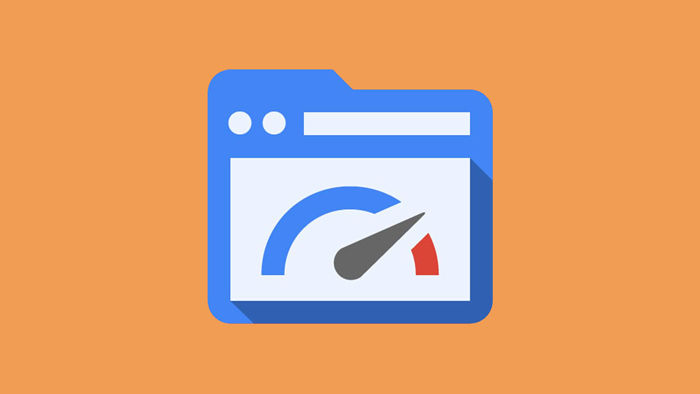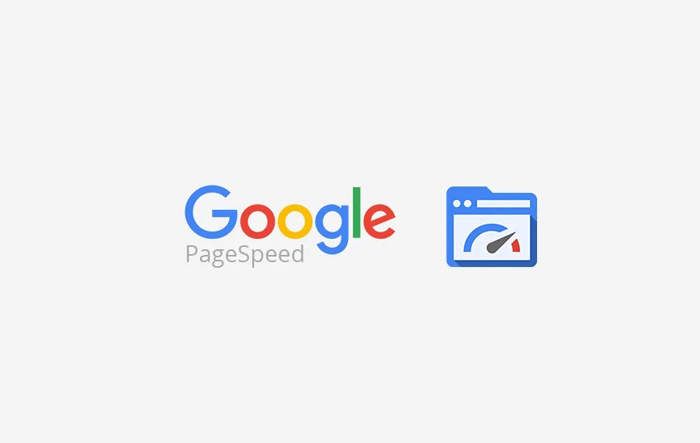Common Landing Page Speed Issues; In today’s fast-paced digital world, website visitors have high expectations when it comes to page loading times. Slow-loading landing pages can have a negative impact on user experience, conversion rates, and even search engine rankings. In this article, we will explore some common landing page speed issues that can hinder your website’s performance and provide solutions to address them.
Why Does Landing Page Speed Matter?
Before diving into the common speed issues, let’s briefly discuss why landing page speed is crucial.
1. User Experience: Visitors expect websites to load quickly, and if they have to wait too long, they are likely to abandon the page. A slow-loading landing page can result in higher bounce rates and lower engagement.
2. Conversion Rates: Studies have shown that faster-loading pages tend to have higher conversion rates. When visitors can quickly access the information they are seeking, they are more likely to take the desired action, such as making a purchase or filling out a form.
3. Search Engine Rankings: Page speed is a ranking factor that search engines consider when determining the relevance and quality of a website. Slow-loading landing pages may be penalized in search engine results, leading to lower visibility and organic traffic.
Common landing page speed issues
Now, let’s explore some common landing page speed issues and how to address them.
1. Common landing page speed issues; Insufficient Bandwidth
Insufficient bandwidth can lead to slow-loading landing pages, especially during periods of high traffic. If your hosting plan has limited bandwidth, consider upgrading to a higher-tier plan or switching to a hosting provider that offers better bandwidth allocation.
2. Common landing page speed issues; Insufficient Server Resources
Inadequate server resources can cause slow response times for landing pages. Ensure that your hosting plan provides sufficient CPU, memory, and disk space to handle the expected traffic. Upgrading to a dedicated server or a cloud hosting solution can help improve performance.
3. Common landing page speed issues; Poorly Performing Scripts
Scripts, such as JavaScript and CSS, can significantly impact page load times. Optimize and minify your scripts to reduce their file sizes. Additionally, consider placing scripts at the bottom of the page or using asynchronous loading techniques to prevent them from blocking the rendering of the page.
4. Common landing page speed issues; Page Size
Large page sizes can result in slow-loading landing pages. Optimize your content, including text, images, and videos, to reduce file sizes without sacrificing quality. Compressing images, using responsive design techniques, and leveraging video platforms for faster streaming can help reduce page size.
5. Common landing page speed issues; CMS Plugin Issues
Using too many plugins or poorly coded plugins can introduce unnecessary bloat and slow down your landing pages. Regularly review and remove any unnecessary plugins. Ensure that the plugins you keep are lightweight and optimized for performance.
best page speed optimization plugin wordpress
6. Common landing page speed issues; Third-party Scripts
Third-party scripts, such as social media widgets or tracking codes, can introduce additional HTTP requests and slow down your landing pages. Evaluate the necessity of each script and consider implementing asynchronous loading or deferring their execution to improve page load times.
7. Common landing page speed issues; JavaScript Issues
Poorly written JavaScript code can cause performance issues on landing pages. Optimize your JavaScript code by removing unused functions, reducing unnecessary loops, and leveraging browser caching. Consider using minification tools to compress your JavaScript code and improve loading times.
8. Common landing page speed issues; Too Much Flash
Flash-based content can be resource-intensive and slow down landing pages. Avoid using Flash whenever possible and consider using HTML5 alternatives for multimedia elements.
9. Common landing page speed issues; Unoptimized Images
Large, unoptimized images can significantly impact page loading times. Resize and compress images using tools like Photoshop or online image compression services. Implement lazy loading techniques to only load images when they are visible on the screen.
10. Common landing page speed issues; Large Media Files
Videos and audio files can be large and cause slow-loading landing pages. Consider hosting media files on external platforms like YouTube or Vimeo and embedding them on your landing pages. This way, the content can be streamed and loaded separately, reducing the overall page load time.
11. Too Many HTTP Requests
Common landing page speed issues; Excessive HTTP requests can slow down landing pages. Reduce the number of requests by combining CSS and JavaScript files, using sprites for images, and minimizing the use of external resources.
12. Lack of Caching Techniques
Caching helps store static resources locally on the visitor’s browser, reducing the need to fetch them on subsequent visits. Implement browser caching and server-side caching techniques like HTTP caching and content delivery networks (CDNs) to improve page load times.
13. Bulky Code
Common landing page speed issues; Bloated code, such as excessive HTML markup or unnecessary comments, can increase page size and slow down loading times. Optimize your code by removing unnecessary elements, consolidating CSS and JavaScript files, and minifying your HTML markup.
14. Not Implementing gZIP Compression
gZIP compression can significantly reduce file sizes and improve page load times. Ensure that your web server is configured to enable gZIP compression for HTML, CSS, and JavaScript files.
15. Not Using a Content Delivery Network (CDN)
A Content Delivery Network (CDN) can help distribute your landing page’s content across multiple servers located in different geographic regions. This reduces the distance between the user and the server, resulting in faster page load times. Consider using a CDN service to improve the performance of your landing pages.
16. Too Many Plugins
Using an excessive number of plugins can slow down your landing pages. Evaluate the necessity of each plugin and remove any that are not essential. Keep only the plugins that are lightweight and optimized for performance to ensure fast page load times.
17. Prioritize Fast Landing Page Speeds to Win
In today’s competitive online landscape, fast landing page speed is crucial for success. By addressing the common speed issues mentioned above, you can optimize your landing pages for better user experience, higher conversion rates, and improved search engine rankings. Prioritize the speed of your landing pages to gain a competitive edge and provide a seamless experience for your visitors.
Conclusion; Common landing page speed issues
Common landing page speed issues; Landing page speed plays a significant role in user experience, conversion rates, and search engine rankings. By addressing common speed issues such as insufficient bandwidth, server resource limitations, poorly performing scripts, large page sizes, plugin issues, and others, you can optimize your landing pages for faster loading times. Prioritizing fast landing page speeds will ultimately lead to improved user engagement, higher conversion rates, and better overall website performance.


